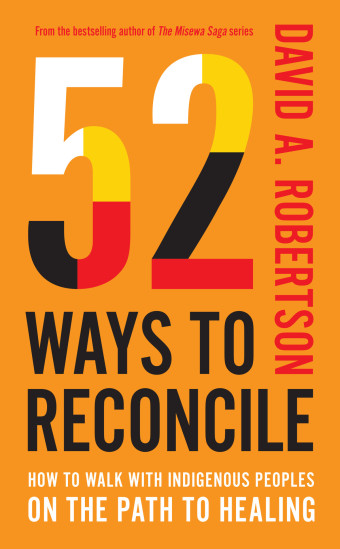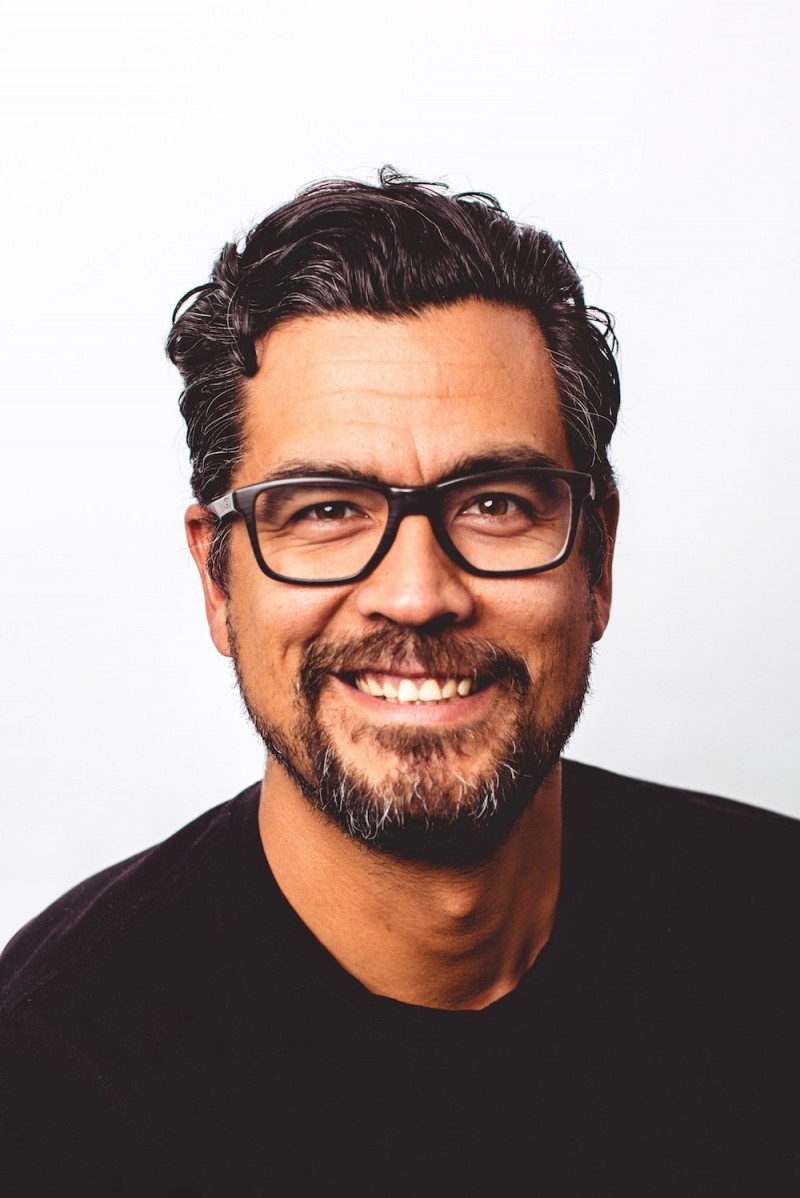“Stories heal.”: That’s the message at the crux of David Robertson’s most recent books, All the Little Monsters: How I Learned to Live with Anxiety and 52 Ways to Reconcile: How to Walk with Indigenous Peoples on the Path to Healing.

- All the Little Monsters
- David A. Robertson
- HarperCollins
- $25.99 Paperback, 272 pages
- ISBN: 978-14-43472-40-1
Robertson is based in Winnipeg, but he has spoken at schools and literary festivals across Canada. A member of Norway House Cree Nation, his previous works delve into themes of mental health and Indigenous realities in comic book and novel form.
All the Little Monsters is his first explicitly autobiographical work, chronicling his mental health journey, and 52 Ways to Reconcile departs from the traditional narrative form – it’s a week-by-week handbook on how to participate in the process of reconciliation.
The link between the two works may not be immediately apparent, but both books are about healing relationships, showing how storytelling and community building are pathways to that healing.
All the Little Monsters focuses on the stories we tell ourselves and how they can fuel anxiety, depression, and low self-worth. Robertson discusses his experience with health anxiety, panic attacks, OCD, and depression.
He also shares what he’s learned to resist in the stories the “little monsters” tell us, through the importance of mindfulness, support networks, therapy, medication, and the healing power of art.
“Writing about my mental health, reaching back into my childhood, revealed the seeds of it, how it grew into something hard to handle, and how much strength and courage it took to live through the worst parts of it,” said Robertson.

- 52 Ways to Reconcile
- David A. Robertson
- McClelland & Stewart
- $25.00 Hardcover, 240 pages
- ISBN: 978-07-71019-35-7
“In doing so, it also helped clear a path to the future. It assured me that I had a future and that I deserved one. My father used to tell me that you don’t know where you are unless you know where you’ve been.”
While All the Little Monsters focuses on the stories we tell about ourselves, 52 Ways to Reconcile encourages readers to think about the stories we tell about Indigenous people, Canadian society and history, and each other.
Readers are meant to take in one chapter of 52 Ways to Reconcile each week. Many of the calls to action involve reflection or less demanding actions.
Some of the prescribed actions involve consuming Indigenous stories – being able to participate in reconciliation by watching Reservation Dogs or reading a katherena vermette novel is certainly a pleasant task.
Some involve more long-term action, like starting an Indigenous book club. There are some more energy-intensive actions, like attending a demonstration, visiting a cultural centre, or doing a deep dive on an element of Indigenous history.

The way the actions are spread out throughout the weeks, alternating between different levels of intensity and time commitment, makes taking on the process of reconciliation more manageable.
Robertson notes that the term “reconciliation” is a misnomer, given that the relationship between Indigenous and non-Indigenous people has “never been good.” He said he prefers the term “community building” to illustrate the process of building a good relationship between Indigenous and non-Indigenous people.
“My hope is that everybody learns what they need to know, fills themselves with truth, and uses that truth, that knowledge, to find out what their role can be, and then act out that role in a meaningful way that creates lasting change. We’re all in this together.”













